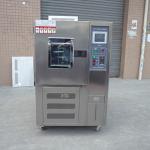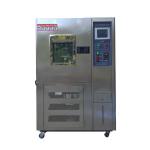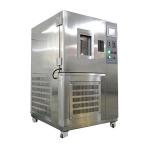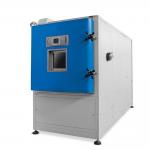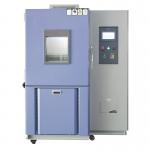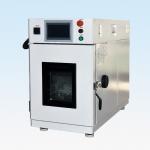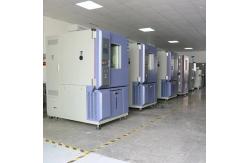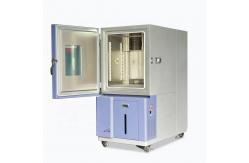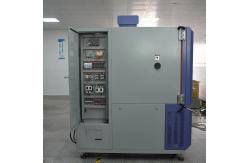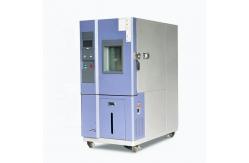In the automotive industry, the performance and reliability of
critical components such as the car engine, battery, and brake
system are of utmost importance. These components are exposed to a
wide range of environmental conditions during a vehicle's lifespan,
and their proper functioning is crucial for the safety and
efficiency of the car. A Constant Climatic Test Chamber designed
specifically for these automotive components is an invaluable tool
that enables manufacturers, researchers, and quality control
professionals to evaluate how these components perform and endure
under various controlled environmental conditions. The Constant Climatic Test Chamber for car engine, battery, and
brake system is engineered to meet the unique testing requirements
of these vital automotive parts. The car engine is the heart of the
vehicle, responsible for powering its movement. The battery
provides electrical energy for various functions, from starting the
engine to powering onboard electronics. The brake system, on the
other hand, is crucial for the vehicle's safety, enabling it to
decelerate and stop. The primary purpose of this chamber is to simulate the diverse
environmental conditions that these components encounter in real -
world driving scenarios. This includes extreme temperatures, high
humidity, dust, and rapid temperature changes. By subjecting the
car engine, battery, and brake system to these controlled
conditions, manufacturers can identify potential weaknesses in
design, materials, and manufacturing processes. This information
can then be used to improve product quality, enhance reliability,
and ensure that these components can function optimally in all
environmental conditions that a car may face. - Wide Temperature Range
- The chamber is capable of achieving a broad temperature range that
is highly relevant to automotive testing. It can reach extremely
low temperatures, typically as low as - 70°C, which is useful for
testing how the engine starts and operates in cold climates, the
battery's performance in freezing conditions, and the brake
system's response to icy surfaces. On the other hand, it can attain
high temperatures of up to + 150°C, simulating the heat generated
in the engine compartment during extended driving in hot weather,
the impact of high ambient temperatures on the battery, and the
brake system's ability to withstand heat during heavy braking.
- The temperature control is highly precise, with an accuracy of
±0.5°C. This precision is essential as even small temperature
variations can significantly affect the performance of these
components. For example, a slight change in temperature can impact
the engine's fuel combustion efficiency, the battery's charging and
discharging capacity, and the brake system's friction
characteristics.
- Accurate Humidity Regulation
- Humidity levels within the chamber can be precisely regulated from
10% to 95% relative humidity. High humidity can lead to corrosion
in the engine, battery, and brake components, affecting their
performance and lifespan. It can also cause issues such as brake
fade due to moisture absorption in the brake pads and rotors. Low
humidity, on the other hand, can contribute to static electricity
problems in the battery and electrical components of the engine.
- The humidity control accuracy is usually within ±3% relative
humidity. This ensures that the test environment closely replicates
the real - world humidity conditions that these components may
encounter, providing reliable and consistent test results.
|
